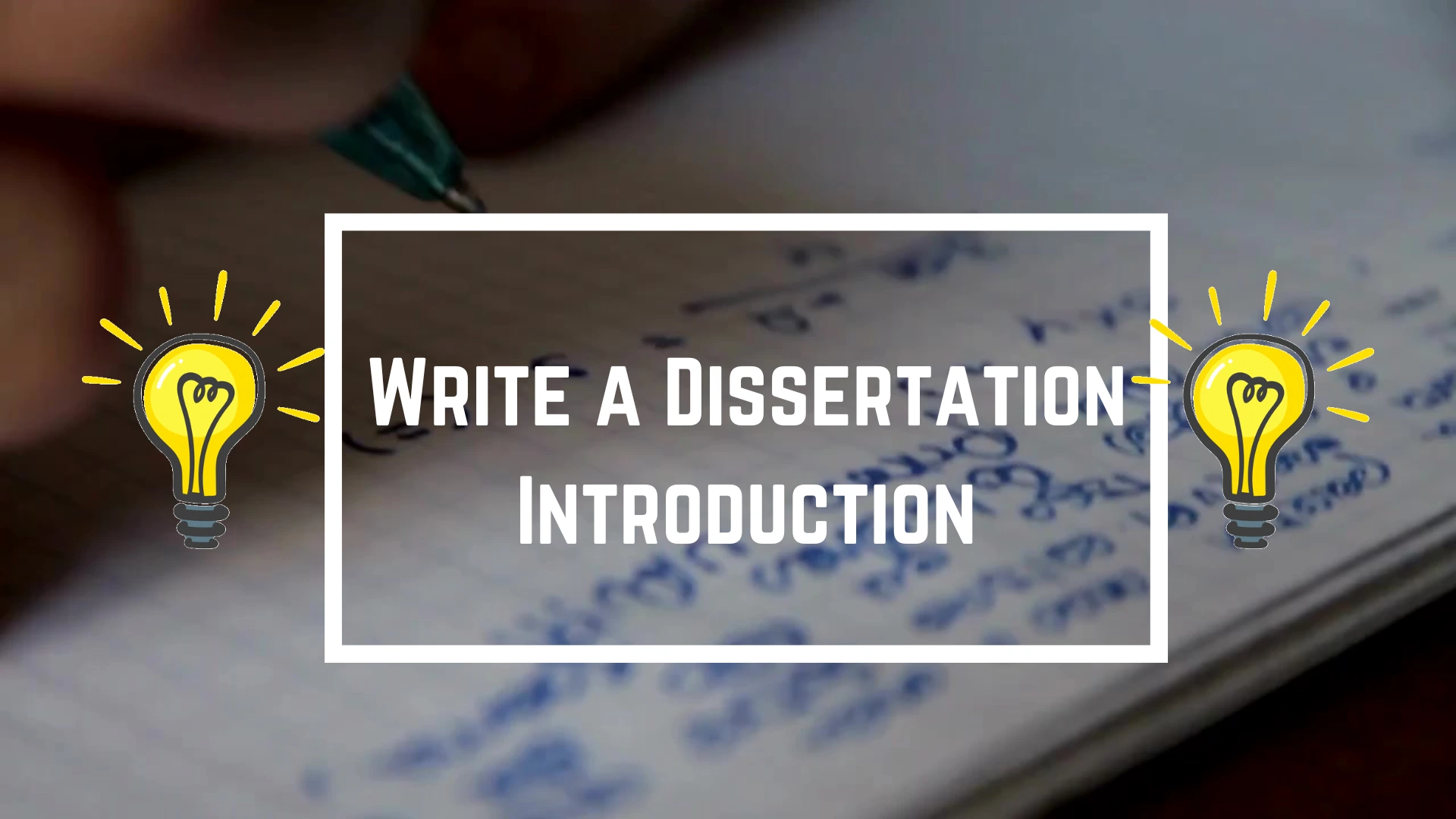Posted by Asad on
Writing a dissertation introduction can be one of the most daunting parts of your academic journey. This is where you set the tone for your entire dissertation and grab the attention of your committee. A captivating introduction can not only make a great first impression but also create a solid foundation for your research. In this article, we’ll explore effective strategies to write a dissertation introduction that captivates your committee, employing the best techniques of semantic SEO to help your content reach a wider audience.

Your dissertation introduction is like the opening act of a grand performance. It’s the part that sets the stage, introduces the main themes, and builds curiosity among your readers. By creating a compelling introduction, you set a strong foundation for your dissertation, ensuring that your research is taken seriously.
To better understand the structure of an introduction within the broader scope of a dissertation, check out our guide on How to Structure a Dissertation.
The first few sentences of your dissertation introduction are crucial. You want to capture the attention of your readers immediately. Consider using a hook such as:
A thought-provoking question related to your research area.
A surprising statistic that highlights the importance of your study.
A relevant quote that encapsulates your dissertation’s theme.
Using these strategies will not only engage your committee but also make your introduction more memorable.
To learn more about the exciting possibilities of incorporating technology and modern tools into your academic work, check out our article on the Role of AI in Modern Dissertation.
The next step is to provide a clear and concise overview of your research topic. Explain why the topic is significant and what motivated you to explore it. Use cluster keywords like “dissertation tips,” “research motivation,” and “study significance” to ensure your introduction is rich with context.
Clearly stating the research problem is essential for your committee to understand the focus of your dissertation. Outline the objectives you aim to achieve with your research:
Primary Objective: The main goal of your study.
Secondary Objectives: Additional questions or areas you plan to explore.
Use keywords like “dissertation goals” and “research objectives” to create a structured and clear explanation that aligns with your topic.
If you’re interested in understanding the different forms of dissertation work, be sure to check out our comparison of a Doctoral Dissertation and a Master’s Thesis.
The scope of your research defines what you will cover in your dissertation, while the limitations highlight the constraints. This helps your committee set the right expectations:
Scope: The specific areas or subjects your research will cover.
Limitations: Factors that may influence the results or generalizability of your study.
Including these elements strengthens the credibility of your research and positions you as a well-prepared scholar.
Your committee wants to know why your research matters. Explain how your dissertation will contribute to the academic field or solve a real-world problem. Use related keywords like “research significance,” “academic contribution,” and “study relevance” to emphasize the value of your work.
If you want further guidance on making a dissertation impactful, explore our piece on Dissertation into a Published Paper to see how you can elevate your work.
The research hypothesis is a crucial element of your dissertation introduction. It provides a prediction that you aim to prove or disprove through your study. Make sure to:
Clearly define your hypothesis.
Explain how it relates to the research problem.
Use terms like “hypothesis development” and “research prediction” to add depth and clarity to this section.
To guide your readers through your dissertation, give them a roadmap of what to expect. Briefly outline each chapter’s content and how it contributes to the overall research:
Chapter 1: Introduction and background.
Chapter 2: Literature review.
Chapter 3: Methodology.
Chapter 4: Data analysis and results.
Chapter 5: Conclusion and recommendations.
Using a structured overview enhances readability and helps your committee understand the logical flow of your dissertation.
1. Write in a Clear and Concise Language
Avoid jargon or overly technical language in your introduction. The goal is to keep your writing clear, concise, and accessible to a broad audience. Use a conversational tone to engage your readers while maintaining a professional touch.
2. Align with the Committee’s Expectations
Understanding your committee’s expectations can give you an edge. Pay attention to their feedback, and align your introduction with their academic preferences.
3. Proofread and Edit Thoroughly
Errors in grammar or style can undermine the quality of your dissertation introduction. Always proofread and edit your work meticulously before submission.
4. Use Visual Elements for Clarity
If appropriate, include charts or graphs that can help illustrate your research problem or objectives. Visual aids can make your introduction more engaging and easier to comprehend.
Writing a dissertation introduction that captivates your committee is all about clarity, relevance, and engagement. By following the strategies outlined in this article, you’ll create a compelling introduction that not only sets the stage for your dissertation but also leaves a lasting impression on your academic reviewers.
Reference Harvard University’s Writing Center for additional writing tips
Reach out for personalized thesis help anytime, anywhere!
© Copywrite thesishelp.qa 2024. All rights reserved.